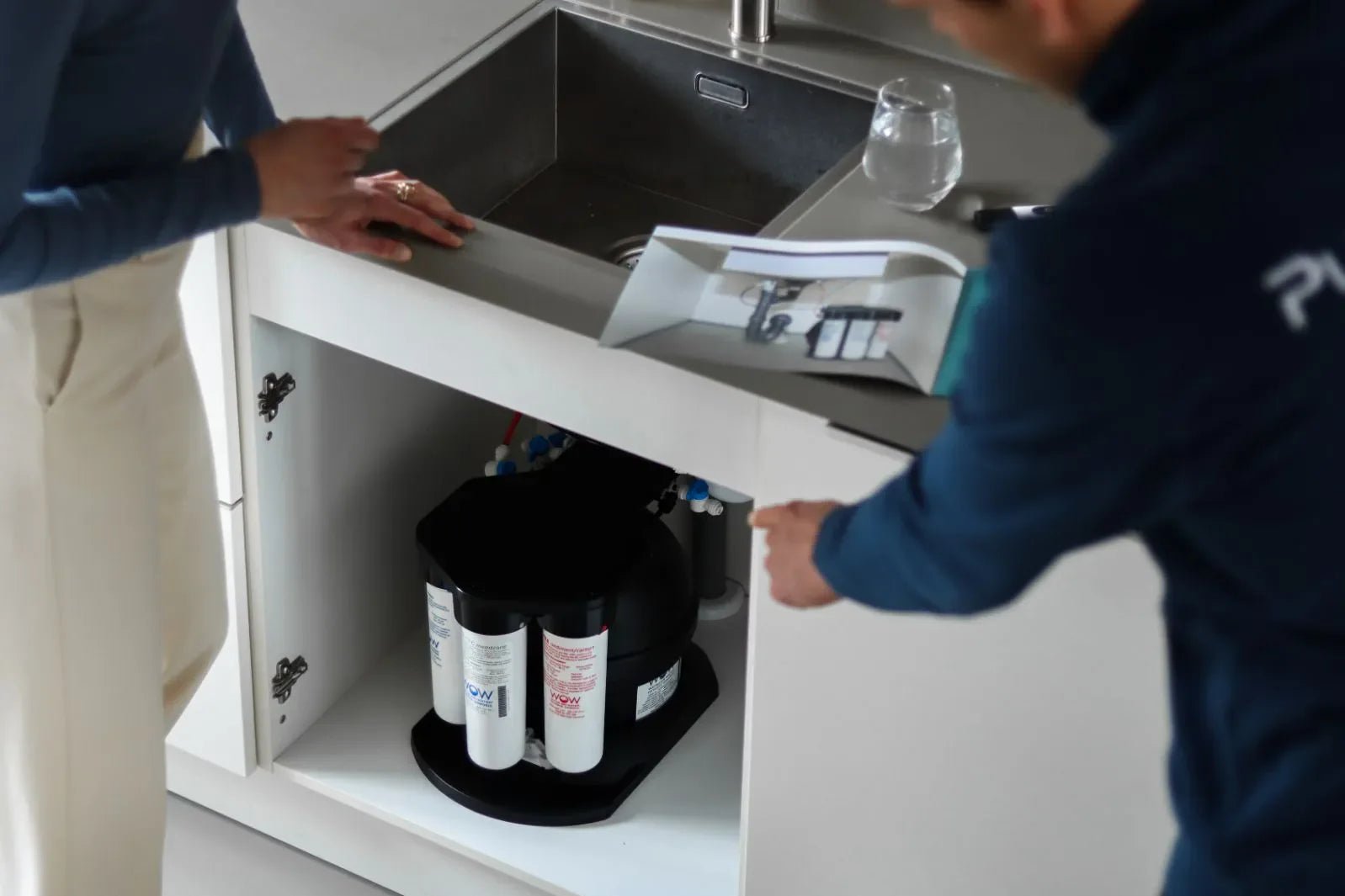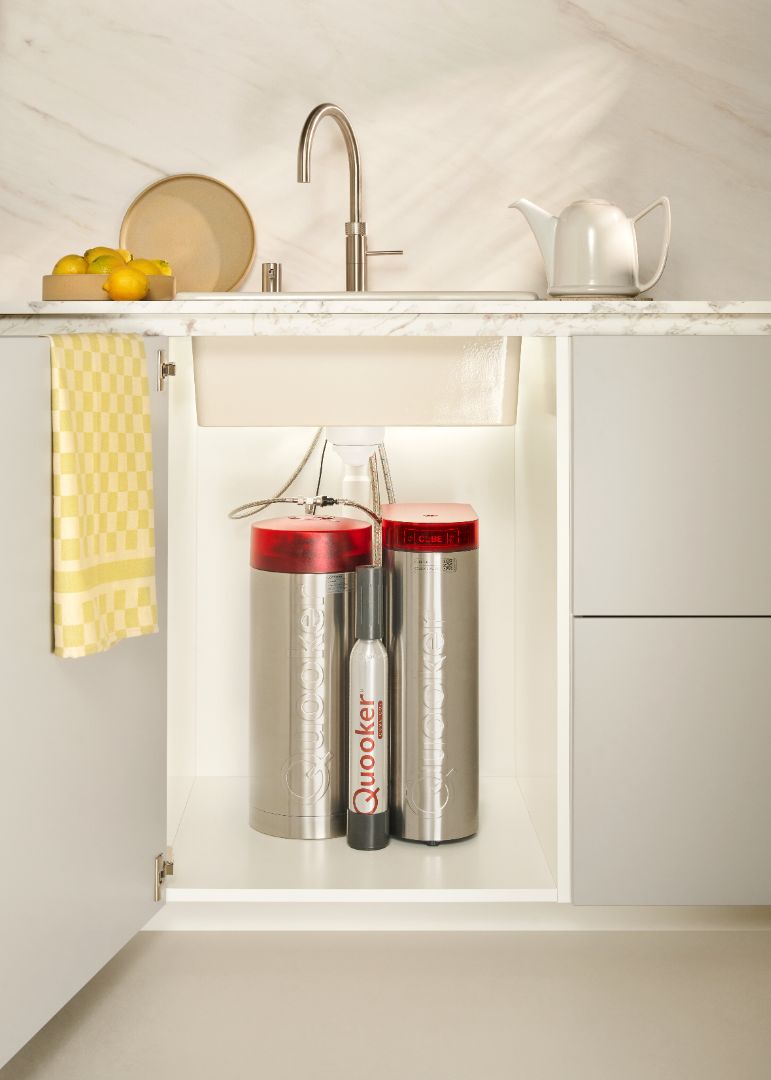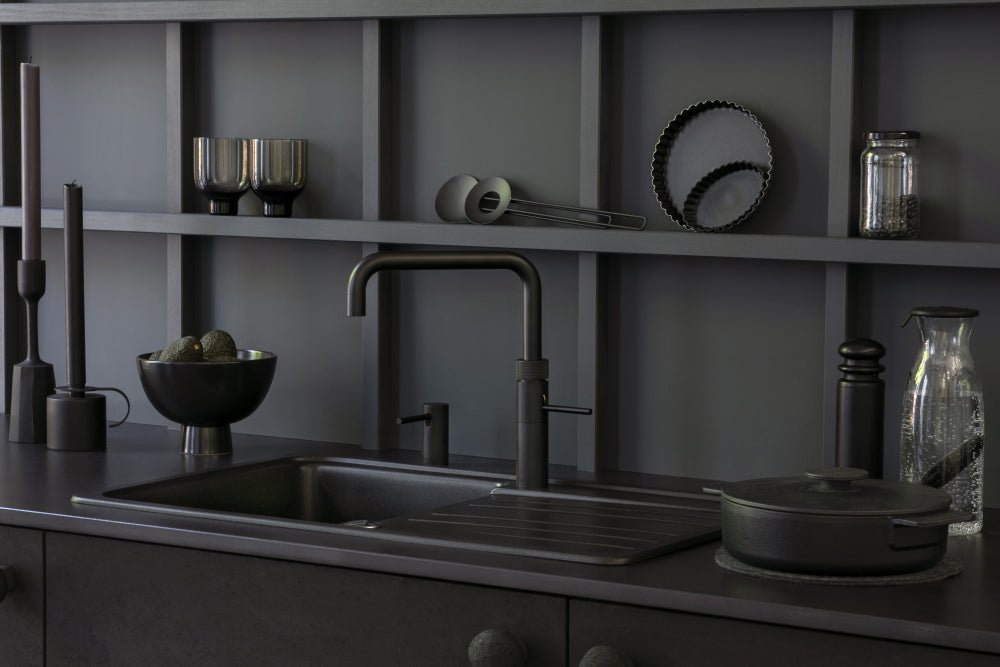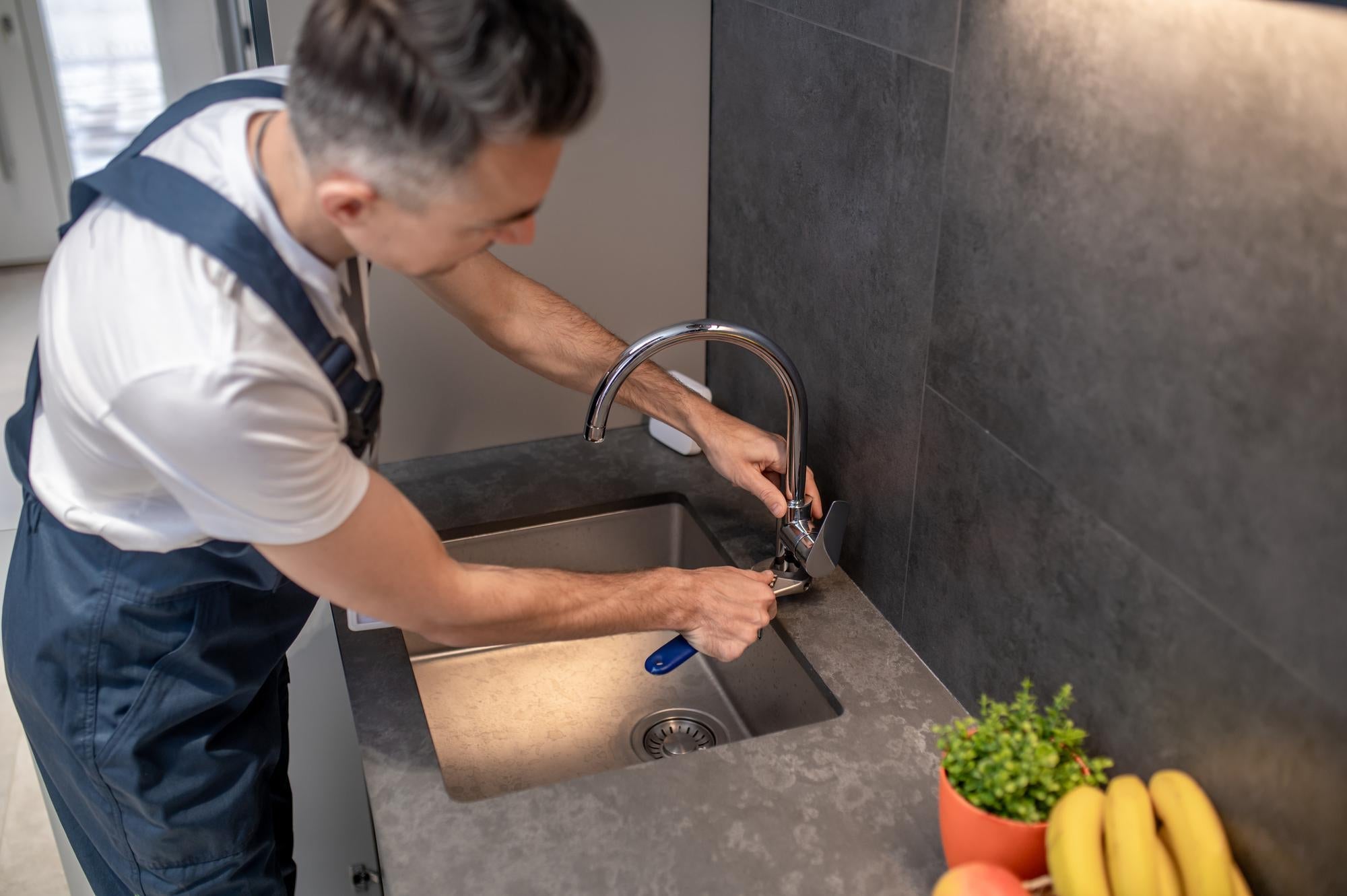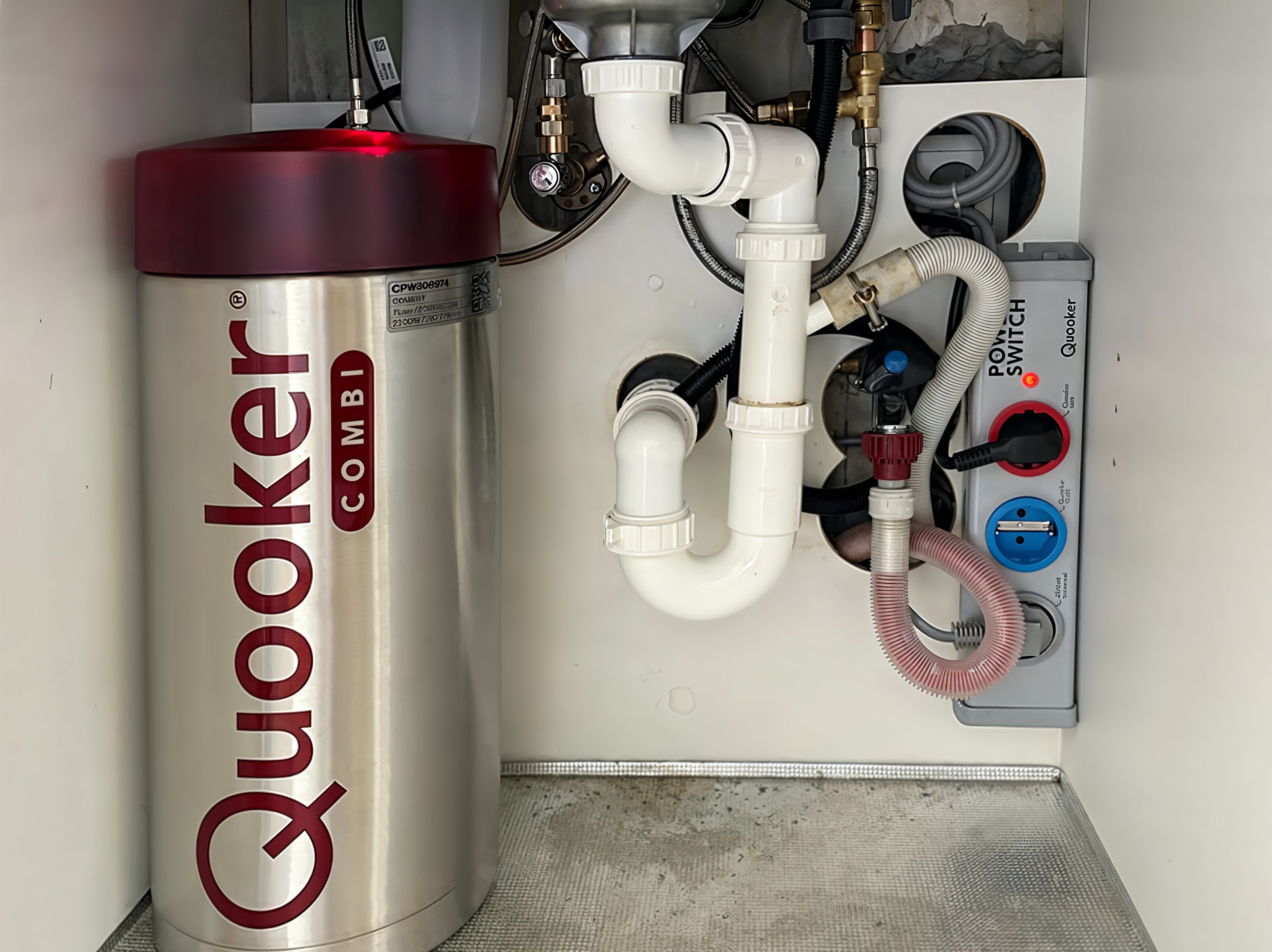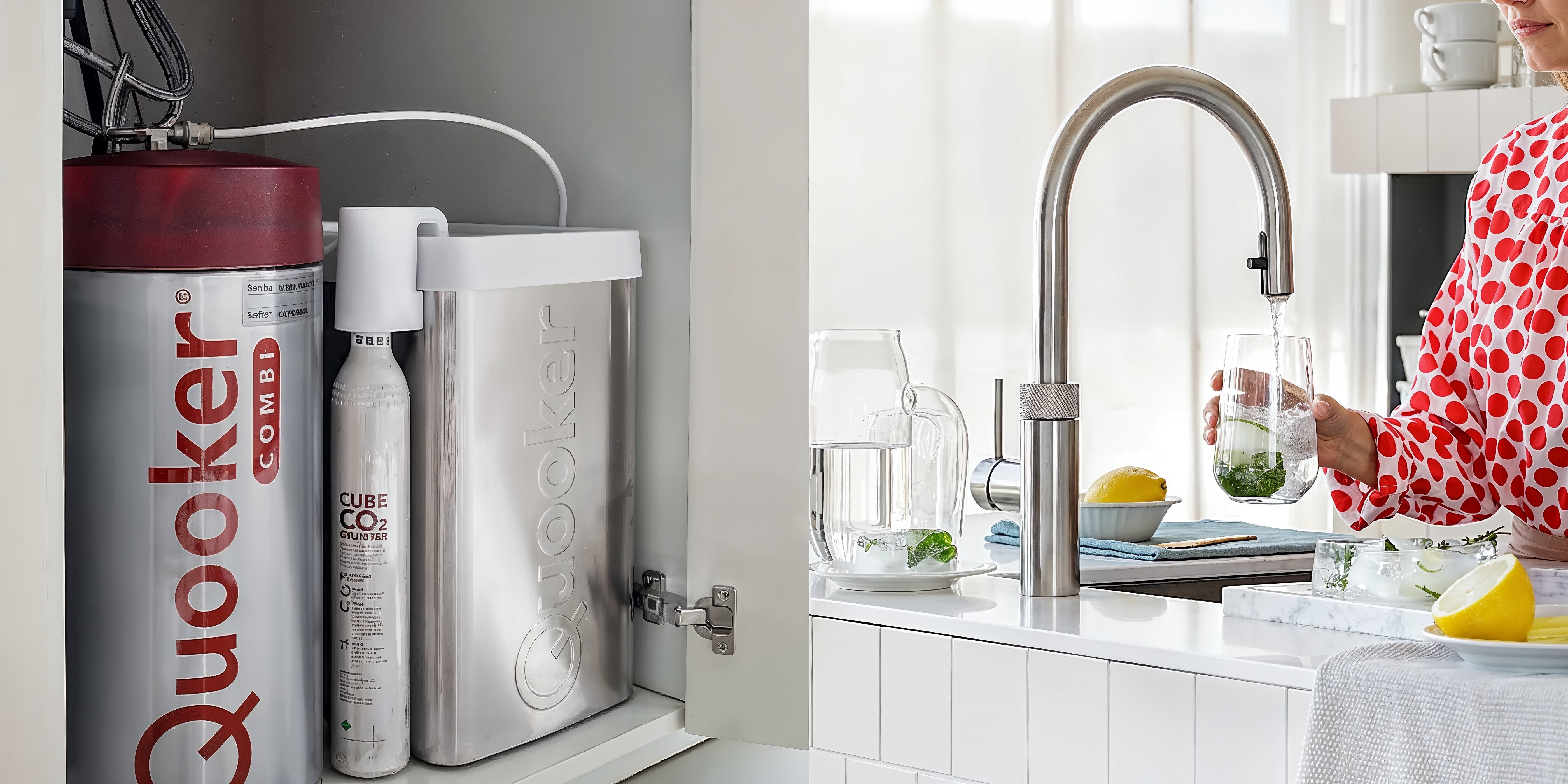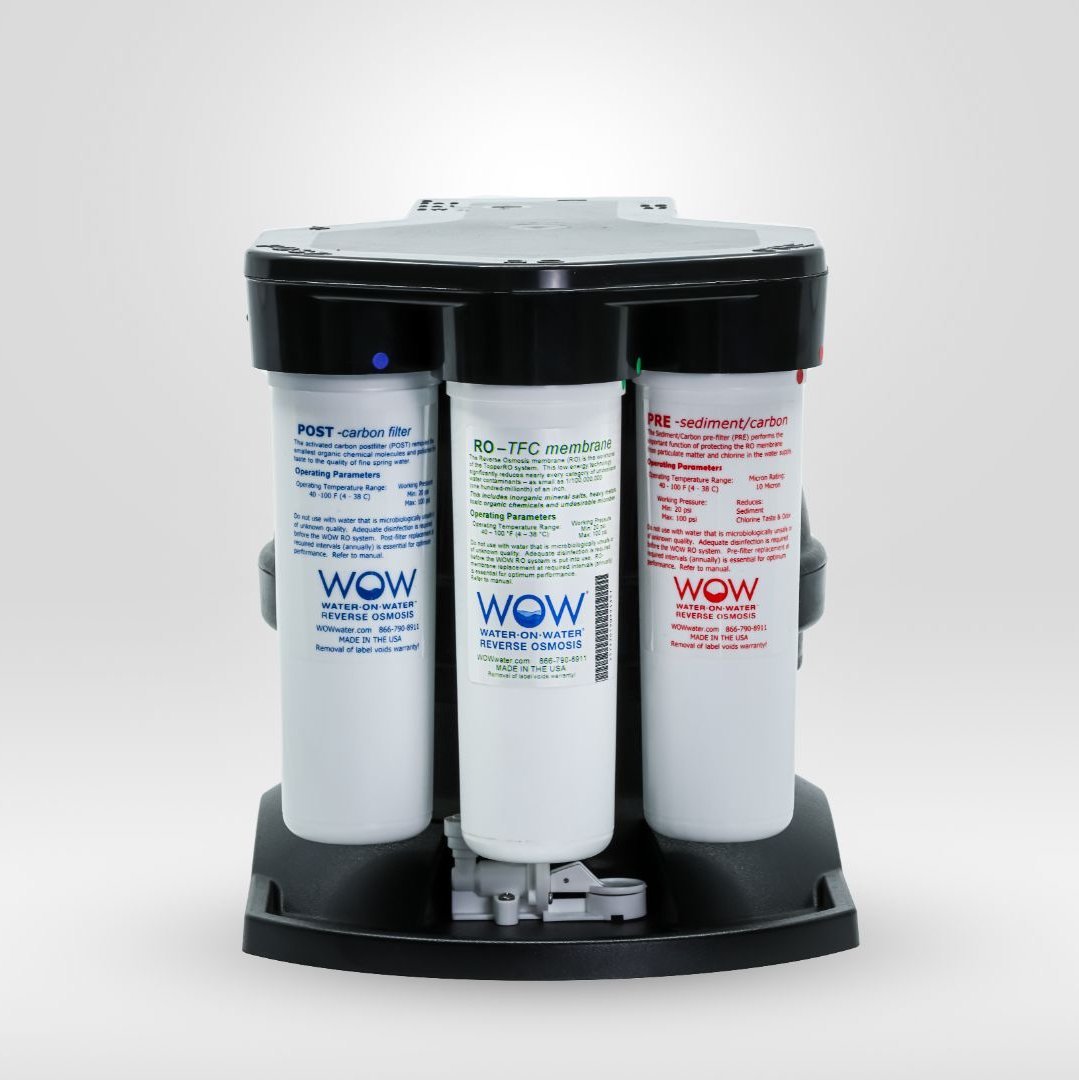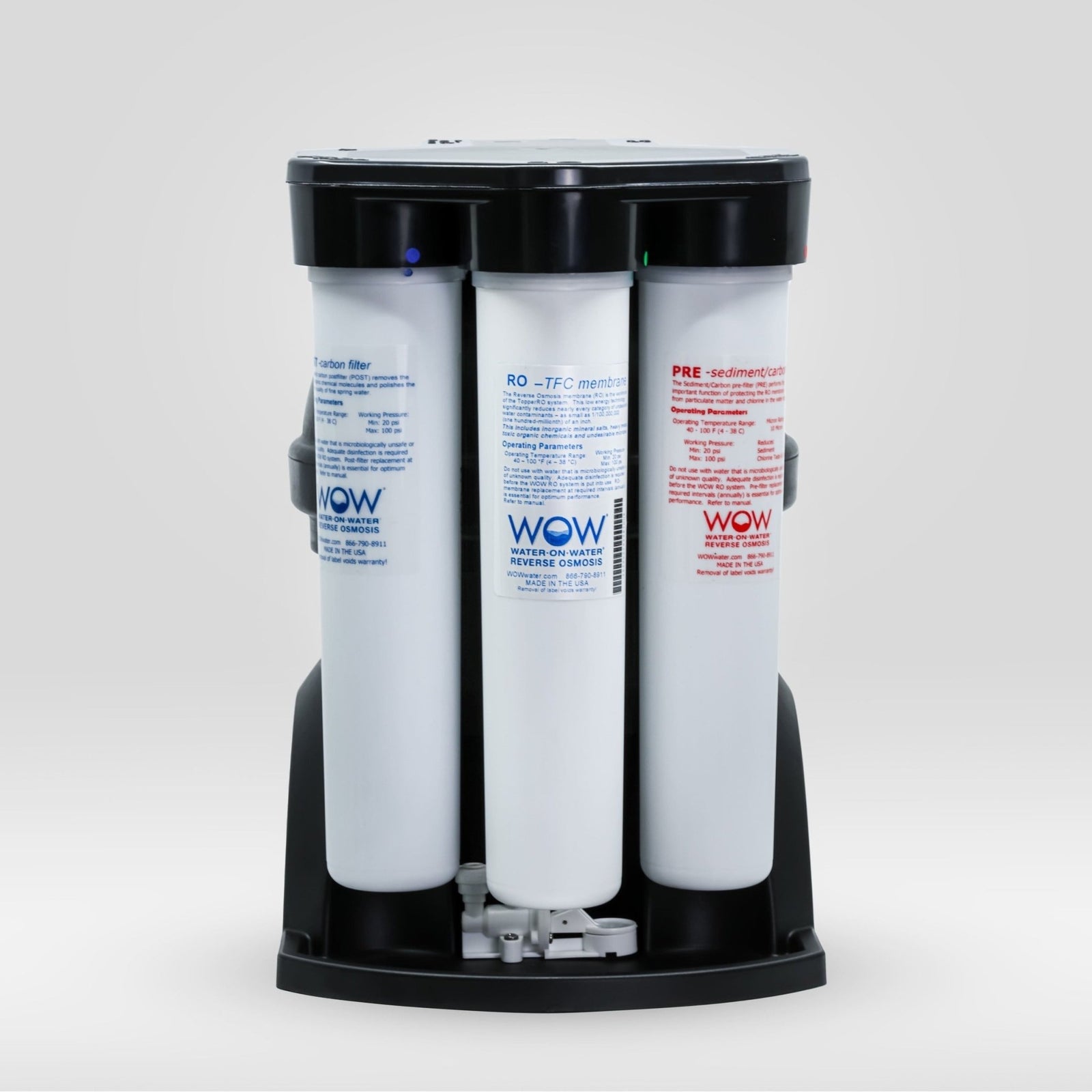Installing a water filter system for your faucet begins with turning off the main water supply and gathering all the necessary components, such as the filter system, fittings, pipes, and any adapters. Installation involves mounting the filter housing under the sink, connecting the water lines according to the included instructions, and installing the filtered water faucet. After installation, test the system by checking for leaks, flushing the filters according to manufacturer's instructions, and measuring the water quality with a TDS meter to verify its effectiveness.
Why install a water filter system for your tap?
A tap water filter transforms ordinary tap water into pure, safe drinking water by removing up to 99% of harmful substances. Modern home water filter systems effectively eliminate contaminants such as PFAS, pharmaceutical residues, pesticides, heavy metals, bacteria, and viruses. The result is not only healthier water but also noticeably fresher-tasting water, making tea and coffee more flavorful.
The health benefits of a tap water filter system are significant. By removing chlorine, lead, and other chemicals, you reduce your daily exposure to potentially harmful elements. Moreover, more and more households are choosing a tap filter for its sustainability: you save on plastic bottles and contribute to a cleaner environment.
Different types of contaminants require different filtration techniques. A high-quality water filtration system uses multiple filter stages to remove coarse particles, chemicals, microplastics, and even viruses. This multi-layered approach guarantees that the water that comes out of your tap is of spring water quality.
What parts do you need for installation?
For a successful water filter installation , you need several essential components. The most important component is, of course, the water filter system itself, which consists of a filter housing containing various filter cartridges, such as a sediment filter, activated carbon filter, and, in advanced systems, a reverse osmosis membrane.
The required connections and pipes are:
- Flexible water hoses (usually ¼" or ⅜" diameter)
- Push-fit couplings for quick installation
- T-piece adapter for connection to the cold water pipe
- Shut-off valve for maintenance
- Teflon tape for waterproof connections
In terms of tools, you will need to install the tap filter:
- Adjustable wrench or water pump pliers
- Drill with hole saw (if new tap opening is required)
- Screwdriver
- Measuring tape
- Bucket for collecting water
- Towels
There are various types of water filter systems for faucets, from simple surface-mounted faucet filters to complete under-counter reverse osmosis systems. The choice you make determines which specific adapters you need. For example, a three-way faucet doesn't require a separate hole in the countertop, while a separate tap for filtered water does require an additional opening.
How do you prepare to install your faucet filter?
Proper preparation is crucial for connecting a water filter without any problems. Start by locating and shutting off the main water supply. This is usually located in the meter cupboard, crawl space, or basement. Turn off the main water supply completely and then open a faucet in the kitchen to release any remaining water pressure.
Next, check the available space under the sink. Measure the dimensions where the water filter system faucet will be installed and compare these with the dimensions of your chosen system. Allow at least 10 cm of free space around the system for maintenance. Remove any stored items and place a bucket under the pipes to catch the water.
Determining the ideal location for your water filter tap depends on several factors:
- Proximity to the cold water pipe
- Sufficient space for filter replacement
- Protection against freezing
- Accessibility for maintenance
- Stability of the substrate
Gather all the necessary materials and lay them out neatly. Read the installation manual for your specific system thoroughly before starting. Check that all the parts are included according to the parts list. It's also wise to have a flashlight handy for good visibility under the sink.
What are the exact steps for connecting the water filter system?
Installing a faucet filter begins with preparing the faucet connection. If you're installing a new filtered faucet, you'll first need to drill a hole in the countertop or sink. Use a hole saw of the appropriate diameter (usually 35mm) and drill carefully to avoid damaging the hole.
Follow these step-by-step installation instructions for your water filter faucet:
| Step | Action | Points of interest |
|---|---|---|
| 1 | Install the filter housing | Attach securely to the wall or cupboard bottom |
| 2 | Install the T-adapter | Connect to the cold water pipe below the tap |
| 3 | Connect the water hoses | Note the flow direction (arrows on hoses) |
| 4 | Insert the filter cartridges | Remove protective film and follow the correct order |
| 5 | Install the faucet | Secure with supplied mounting hardware |
| 6 | Connect the drain hose | Only for RO systems with waste water |
When connecting the water pipes, it's important to tighten all connections by hand without forcing them. Use Teflon tape on threaded connections to ensure a watertight seal. Push-fit connections should be firmly clicked into place until you hear a distinct click.
Installing the filtered water faucet requires precision. First, insert the rubber seal, then slide the faucet through the hole and secure it from below with the supplied nut. Ensure the faucet is oriented as desired before tightening it permanently. Finally, connect the water hose from the filter system to the bottom of the faucet.
How do you test if your water filter system is working properly?
After installation, testing your faucet water filter is essential for safe use. Slowly turn on the main water supply and immediately check all connections for leaks. Use a dry towel to detect any water droplets at the fittings and connections. If even the slightest leak is detected, turn off the water supply and check the connection in question.
Flushing the system is a crucial step that is often overlooked. New filters contain carbon dust and preservatives that must be flushed away first. Let the water run for at least 15-30 minutes, depending on the manufacturer's instructions. For reverse osmosis systems, this process can take up to two hours due to the storage tank that needs to be filled first.
To measure water quality, use a TDS meter (Total Dissolved Solids). This measures the amount of dissolved solids in the water:
- First measure the unfiltered tap water (reference value)
- Then measure the filtered water
- A properly functioning system reduces the TDS value by 90-95%
- Record the initial values for future comparison
Also check the water pressure and flow rate. A properly installed water filter system should provide a constant flow of water without sputtering or stuttering. With reverse osmosis systems, the flow rate is lower than with regular tap water, which is normal due to the intensive filtration process.
Key Points to Consider When Installing a Faucet Filter
Safety precautions are crucial when installing a water filter . Always work with the main water supply turned off and use appropriate tools. Wear safety glasses when drilling holes and work carefully to prevent water leakage onto electrical appliances. Always place a drip pan under the system for the first few weeks after installation.
Common mistakes when connecting a water filter are:
- Incorrect order of placing filters
- Forgot to remove the protective film from filters
- Overtightening couplings (can lead to cracks)
- Ignoring the flow direction on hoses and filters
- Not leaving enough space for filter replacement
Maintaining your water filter system's faucet determines its lifespan and effectiveness. Replace filters according to the recommended schedule, typically every 6-12 months for pre-filters and 2-3 years for RO membranes. Keep a maintenance log with replacement dates and TDS measurements. Check for leaks monthly and clean the faucet regularly with a soft cloth.
Professional assistance is recommended if you have any doubts about the water pressure in your home, if complex pipe adjustments are required, or if you're installing in older homes with unusual pipe sizes. It's also wise to consult a plumber for persistent leaks or unexplained drops in pressure. Professional installation guarantees optimal operation and prevents costly water damage.
To get the most out of your water filter system, use the filtered water not only for drinking but also for cooking, tea, and coffee. The investment in a good system will pay for itself through the savings on bottled water and the health benefits of pure water. With proper installation and maintenance, you can enjoy spring-quality water from your own tap for years to come.
